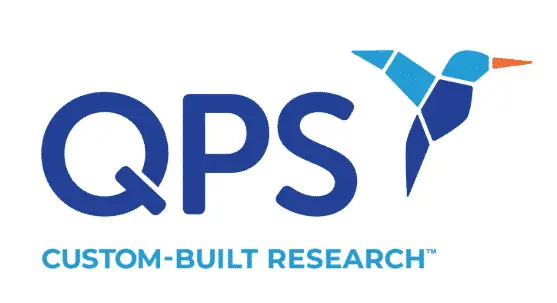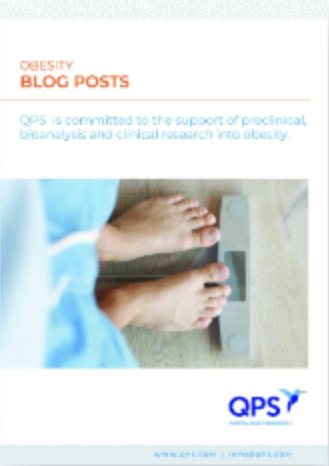Traditionally, the review and updating of medical guidelines have relied on a “systematic review” – a publication following a formal synthesis of data from multiple studies to establish a clear picture of current research findings. This process often took more than 200 person-hours to find the relevant research and synthesize the evidence, which didn’t seem like a big deal when guidelines were updated every couple of years, and sometimes far longer. Even in its day, researchers acknowledged that the time it took to research and draft the systematic review often resulted in more up-to-date research being missed in the process.
Citing the flood of studies produced in response to the COVID-19 pandemic, an international team of researchers suggests that a new approach is necessary to generate rigorous up-to-date summaries of scientific evidence so policymakers can make better-informed decisions.
In a commentary published in Nature in December, the authors recommend the “living-evidence” model where research findings are continuously updated as new research becomes available. This approach can result in the much faster release of updated guidelines —especially in areas where the amount of new research has skyrocketed.
The Living Evidence Approach
The recommendation to shift to a living-evidence model is based on work done by some of the authors in Australia in March 2020 when there was a clear need to update COVID-19 guidelines more rapidly. They saw that the ever-changing research landscape would have significant consequences for public health amid the pandemic. After quickly forming a task force, they generated Australia’s first evidence-based COVID-19 guidelines in only two weeks and committed to update them weekly from that point forward as long as it was needed.
The authors note that this approach is essential for subjects with rapidly growing bodies of research, where there is uncertainty about the evidence that influenced current guidelines, or where there are consequential findings that should be considered policy or practice. The authors point to the Australian national guidelines for treating people following a stroke as an example of the potential. Previously the protocol was to update the guidelines every five to seven years. Using a set time to dictate when guidelines should be updated would have kept some very relevant clinical trial results from being incorporated into the guidelines. When evidence is monitored more regularly, important studies will prompt when revisions should take place. Now Australia’s national stroke treatment guidelines are revised as needed, which recently has been every three to four months.
Four Steps to a Stronger Model
The authors outline four steps to shift to a living-evidence approach.
- Slash Time and Effort – One of the reasons a traditional systematic review required so much time was because of the manual search through publications for relevant studies. By using technology to increase efficiency, such as natural-language processing, machine learning, crowdsourcing, and FAIR data sharing (which ensures the findability, accessibility, interoperability and reuse of digital assets) the time to review and search for relevant studies could be reduced by two-thirds. The authors, who include experts in using technology to increase efficiency, note that many such tools could be used to accelerate the review process.
- Fight Research Waste – As systematic reviews became more popular in publication, people started to churn out ‘quick’ systematic reviews to boost publication and citations. Many of these reviews were inaccurate or duplicative. Researchers, journals, and those who fund them can lead the way by adjusting their practices and establishing a standard of high-quality living reviews and guidelines.
- Optimize Publishing – As the Annals of Internal Medicine and BMJ have already demonstrated, publishers can establish new editorial, peer review and production processes to better accommodate minor updates to published systematic reviews and guidelines. Major updates, when needed, could be clarified in a new paper and digitally linked to the previous record. Thinking of ways to incentivize authors and peer-reviewers to make more frequent updates could further support this change.
- Understand Implementation – It seems logical that if new findings were more readily available, it would enable faster updates to practice and policy, but there are many factors that can cause delays. Further research is needed into new information dissemination models and which ones are most effective in reaching the right audiences, how to support an assessment of new information and when it should prompt change, and whether integrating dissemination with existing data systems, such as physicians’ digital clinical tools, would also help facilitate implementation.
The Time is Now
The authors feel that COVID-19 highlighted the need for change, stating outdated, biased, or selective evidence is not adequate and can have dire consequences when it comes to responding to healthcare crises. They note that, “Science does not stand still; neither should its synthesis and translation into action.” Moving to a living evidence model can support positive change anywhere that evidence supports decision making – education, economics, environmental policy, criminal justice, and global development, just to name a few. These industries will have to start by examining their own practices and asking themselves, do our systems support continuous improvement based on new evidence? If not, perhaps it is time to take some inspiration from Mahatma Gandhi and be the change they want to see happen in the world.
Did you enjoy this blog post? Check out our other blog posts as well as related topics on our Webinar page
QPS is a GLP- and GCP-compliant contract research organization (CRO) delivering the highest grade of discovery, preclinical and clinical drug research development services. Since 1995, it has grown from a tiny bioanalysis shop to a full-service CRO with 1,100+ employees in the U.S., Europe and Asia. Today, QPS offers
expanded pharmaceutical contract R&D services with special expertise in neuropharmacology, DMPK, toxicology, bioanalysis, translational medicine and clinical development. An award-winning leader focused on bioanalytics and clinical trials, QPS is known for proven quality standards, technical expertise, a flexible approach to research, client satisfaction and turnkey laboratories and facilities. Through continual enhancements in capacities and resources, QPS stands tall in its commitment to delivering superior quality, skilled performance and trusted service to its valued customers. For more information, visit www.qps.com or email info@qps.com.








